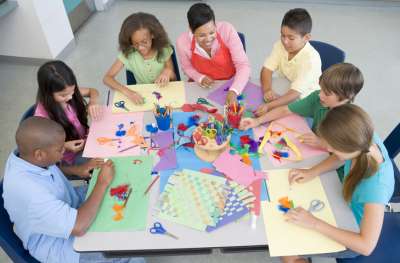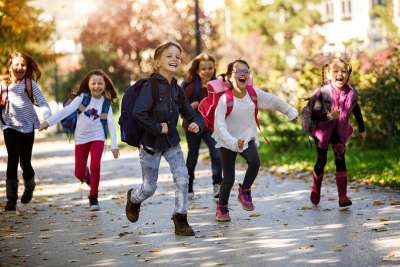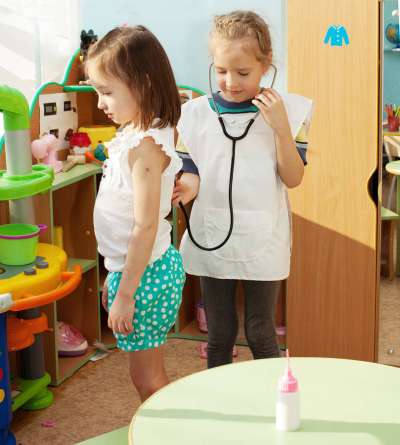Setting up a classroom is a daunting challenge - make the most of it with these suggestions
Too much stuff, too many students, not enough space - the challenges of setting up a classroom are many. Here are some useful suggestions on the physical aspects and considerations of setting up the perfect classroom environment.Looking for additional tips on setting (or resetting) your classroom? We have hundreds of them in our classroom management center.
Encourage students to make the classroom space their own. Welcome their contributions to its decoration, and urge them to take responsibility for its maintenance. Here are some easy, low-cost ways to make your classroom into an inviting, effective space for all:
Dress Up the Walls
- Interesting and attractive visual aids, such as bulletin boards and posters, are key components of an effective classroom. Wall decorations should be colorful, appealing and relevant to current classwork. They should be rotated and refreshed frequently.
- Be sure to think about the cultural backgrounds of your students when dressing the walls. Try to represent your students' diversity on posters or bulletin boards.
- Set aside a section of the bulletin board to be your designated "Student Work Museum" and post children's drawings, written work and other projects there. Make sure that each student's work is displayed often.
- Post daily schedules in a place where students can read them easily. This accessibility of the classroom schedule can help students grow comfortable with class and school routines. For younger students, make a daily schedule that includes pictures or icons.
The Greenhouse Effect
Caring for live plants can give your classroom a warm, comforting feel. It can also help teach students responsibility and science! Local nurseries or greenhouses may even be willing to donate the plants to your class.
- Entrust children, especially older children, to care for the class plants. They can make sure that the plants receive adequate water, light and air.
Use Lots of Storage Space
- The primary classroom should have as much storage space as possible, both for students' personal belongings and for shared tools and materials. Each child should have a personal space, such as a desk or a cubby and a coat hook, for his or her own things.
- General classroom storage should be easily available to older students, who should be more responsible for collective belongings. Storage areas for any materials that younger students may access, such as crayons or books, should be clearly labeled (with words and pictures) so that children can clean up without your help. Rehearse the Classroom
When you've finished setting up your classroom, give it a practice run or two. Walk through a typical school day, making sure that both you and the students have enough space to work and move around, that everyone in the classroom can see and hear and that every part of the room is as pleasant as possible. For example, write on the blackboard, and then take a walk around the room. Check sight lines from every spot where students might be working.
Your classroom will continue to change and evolve as the school year progresses. These suggestions can help you create a classroom environment that is welcoming, comfortable, clean and secure.
Room Arrangement for Students with Behavioral Issues













